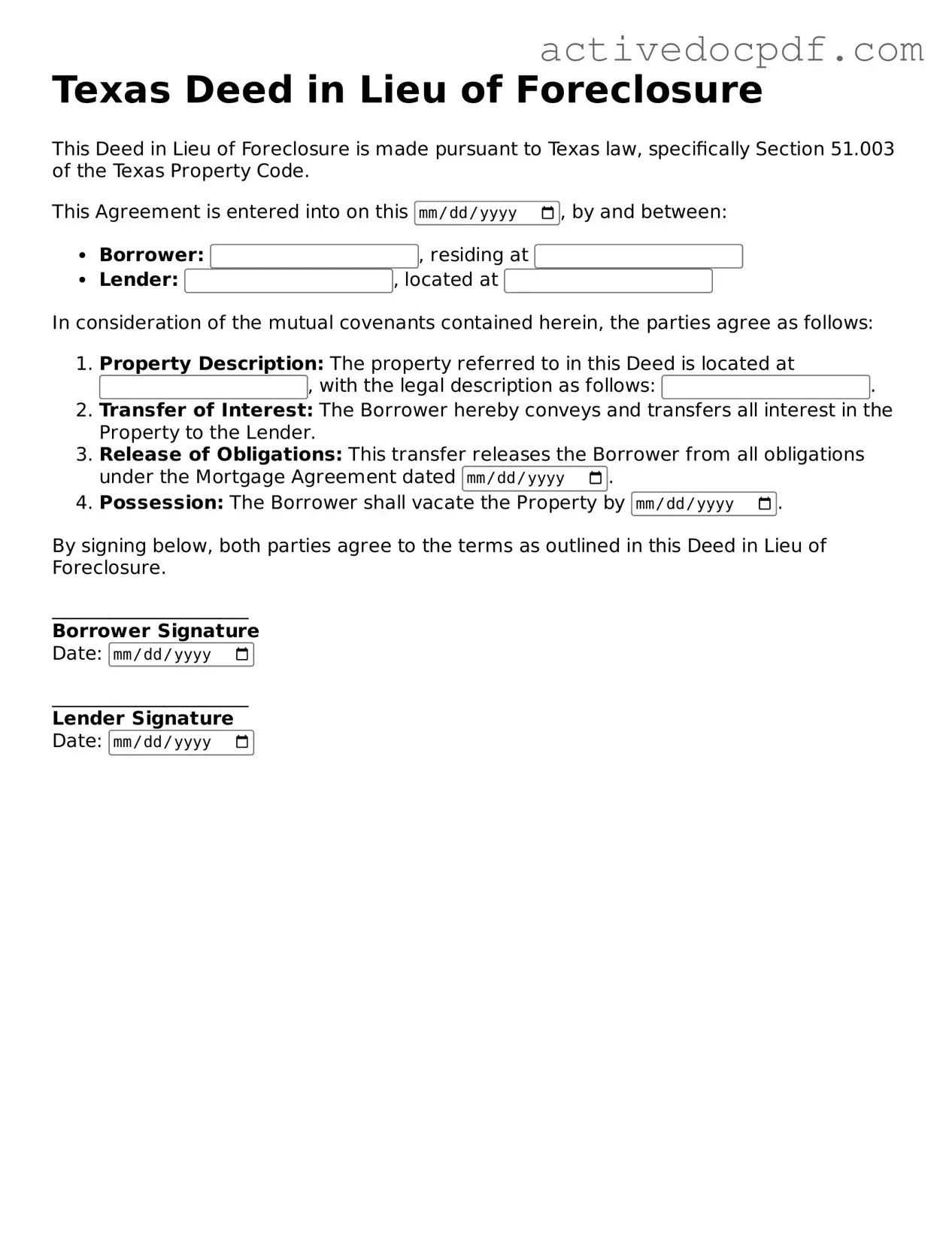What is a Deed in Lieu of Foreclosure?
A Deed in Lieu of Foreclosure is a legal agreement where a homeowner voluntarily transfers their property to the lender to avoid foreclosure. This option can help both the homeowner and the lender by simplifying the process and reducing costs associated with foreclosure.
Who is eligible for a Deed in Lieu of Foreclosure?
Typically, homeowners facing financial difficulties and at risk of foreclosure may be eligible. However, lenders usually require that:
-
The homeowner is unable to make mortgage payments.
-
The property is not subject to any other liens.
-
The homeowner has tried to sell the property without success.
What are the benefits of a Deed in Lieu of Foreclosure?
There are several advantages to this option:
-
It can help preserve the homeowner’s credit score compared to a foreclosure.
-
The process is usually quicker and less costly than foreclosure.
-
Homeowners may be able to negotiate a cash incentive to help with relocation.
What are the risks involved?
While there are benefits, there are also risks to consider:
-
The homeowner may still face tax implications on any forgiven debt.
-
The lender may not agree to a Deed in Lieu if there are other liens on the property.
-
It could affect future borrowing opportunities.
How does the process work?
The process generally involves these steps:
-
The homeowner contacts the lender to discuss options.
-
Both parties negotiate the terms of the Deed in Lieu.
-
The homeowner signs the deed, transferring ownership to the lender.
-
The lender processes the deed and releases the homeowner from the mortgage obligation.
Do I need a lawyer to complete a Deed in Lieu of Foreclosure?
While it’s not legally required to have a lawyer, it’s often a good idea. A lawyer can help ensure that the terms are fair and that the homeowner understands all implications of the agreement.
Can I still live in my home after signing a Deed in Lieu?
No, once the Deed in Lieu is signed, the homeowner no longer owns the property. The lender takes possession, and the homeowner must vacate the premises. However, there may be options for the homeowner to negotiate a move-out timeline.
How does a Deed in Lieu of Foreclosure affect my credit?
A Deed in Lieu is generally less damaging to your credit than a foreclosure. However, it will still be noted on your credit report and may affect your ability to obtain new credit for a period of time.
What should I do if I am considering a Deed in Lieu of Foreclosure?
If you are considering this option, start by contacting your lender to discuss your situation. It’s also wise to consult with a housing counselor or financial advisor to explore all available options and make an informed decision.
